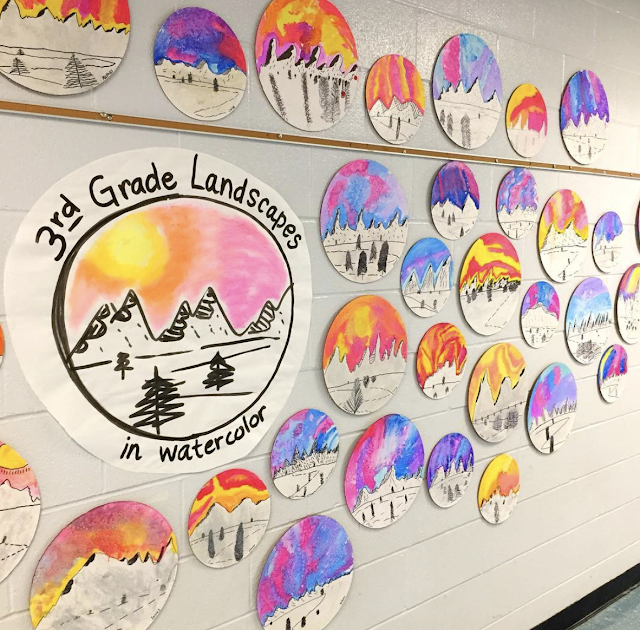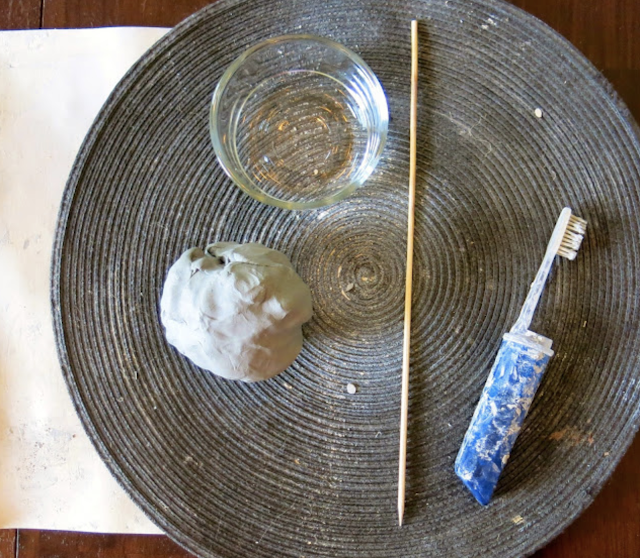Teaching weaving was one of those things I dreaded my first year teaching. I got a C on a weaving project in college because I was certain that my professor would never notice that I'd missed a warp string, causing a large runner to snake it's way through my weaving. So when I saw weaving in my curriculum, I was not thrilled.
It also didn't help that I had a first grade boy shout, "I'm NOT WEAVING. It's FOR GIRLS."
Here's the funny part: days later, he was the best weaver in class and years later, I wrote a book on fiber arts for kids. Go figure!
If you would prefer to see more of a blog post on this, visit this! Also, this video might show more about paper weaving:
Or this!
When introducing weaving, this giant paper loom comes in so handy! I made it years ago from laminated bulletin board paper.
And in just 30 minutes, my students had completed their weavings! It was a record!
I love them with their abstract paintings. Now...dreaming of ideas of where we take these next.
I've done a variety of weaving lessons with paper weavings from owls to hearts. Be sure and click on those links for more ideas!

It also didn't help that I had a first grade boy shout, "I'm NOT WEAVING. It's FOR GIRLS."
Here's the funny part: days later, he was the best weaver in class and years later, I wrote a book on fiber arts for kids. Go figure!
Last week, my first graders and I spent a couple of art classes learning about abstract art. We enjoyed listening to Peter and the Wolf while using our oil pastels to create a line for each character in the symphony. The following day, we listened to the whole record while using watercolor paint to create. You can see a similar lesson here. And if you'd like to see the lesson I taught for abstract painting last year, here you go:
After our day of painting, we turned our paintings into looms for weaving. Here is how we did just that:
And in just 30 minutes, my students had completed their weavings! It was a record!
I love them with their abstract paintings. Now...dreaming of ideas of where we take these next.
I've done a variety of weaving lessons with paper weavings from owls to hearts. Be sure and click on those links for more ideas!






















































